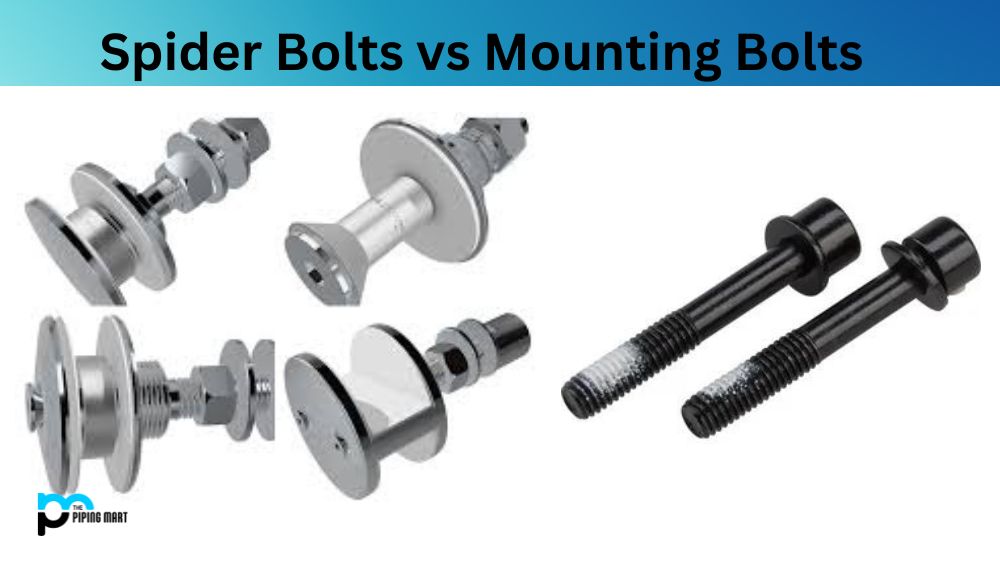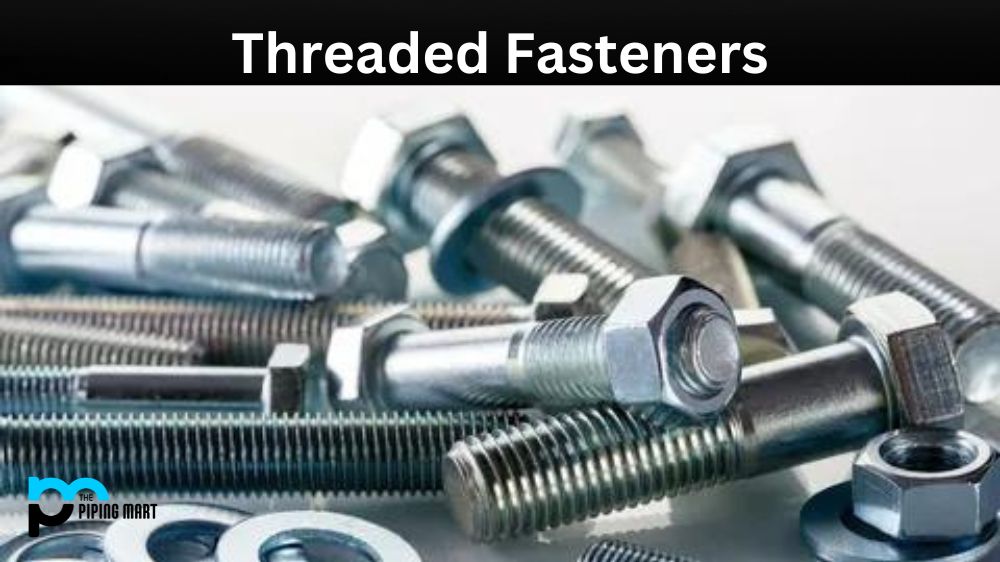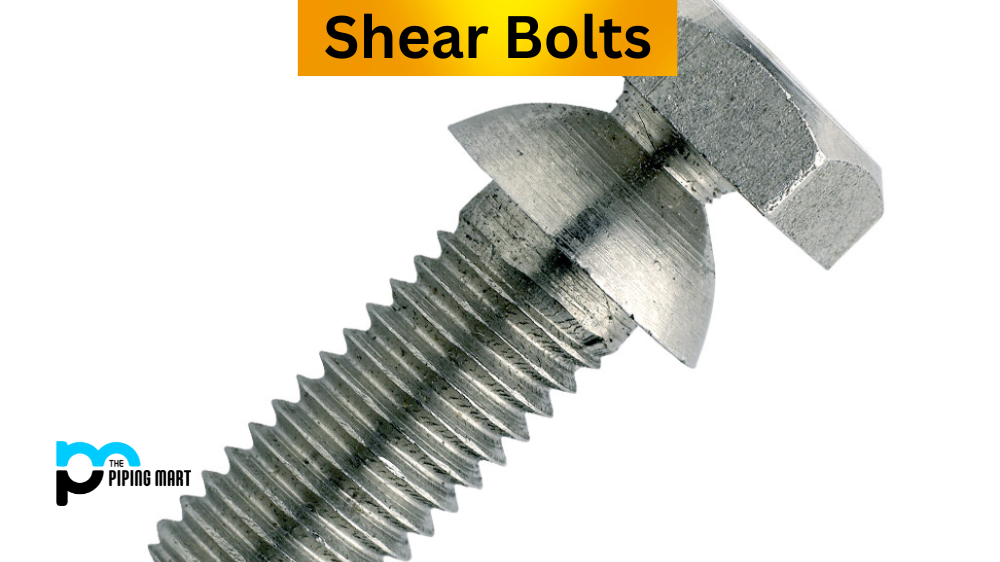Have you ever wondered what the difference between a spider and mounting bolts is? These are two types of bolts that may look similar, but their uses and applications differ considerably. This blog post will discuss the differences between spider bolts and mounting bolts.
What is Spider Bolt?
Spider Bolt is an innovative product that gives users a faster, simpler way to attach objects. It uses self-clinching technology to create strong, secure metal threads without tools or adhesives. This advanced solution makes DIY projects easier, providing more reliable results than traditional screws and bolts.
What is Mounting Bolt?
Mounting Bolts are a fastener used to securely attach one component to another. They have a threaded head and come in various sizes, materials, and shapes. Mounting bolts provide excellent holding force while allowing for easy installation and disassembly. They often feature a locking mechanism that helps prevent accidental loosening or detachment due to vibration or other external forces.
Difference Between Spider Bolt and Mounting Bolt
Bolt Design:
Spider bolts are also known as Allen bolts, socket head bolts, or cap screws. They have a cylindrical head with a hexagonal socket on the top and threading on the shank. On the other hand, mounting bolts have a different head shape, commonly spherical, with a flat surface underneath it called the flange. The flange allows the bolt to be easily tightened to secure a mating object in place, unlike spider bolts, which require a separate tool like an Allen wrench to turn them.
Size and Length:
Spider bolts are typically shorter than mounting bolts and have a smaller diameter. This is because they are designed to be used in situations that require less torque than what mounting bolts can handle. Due to their smaller size, spider bolts are more commonly used in electronics, machinery, and other applications that require precision plug fittings, whereas mounting bolts can be used in heavy-duty equipment such as engines, frames, or structures.
Load-Bearing Capacity:
Mounting bolts can bear more load than spider bolts due to their larger size and flange design. They can handle significant stress and pressure and are commonly used in automotive and construction applications. On the other hand, Spider bolts have a limited load-bearing capacity due to their smaller size, making them ideal for lighter-duty applications.
Materials and Coatings:
Spider bolts are typically made from high-quality materials, such as stainless steel, titanium or chrome-moly, to ensure maximum strength and corrosion resistance. On the other hand, mounting bolts can be made from a wide variety of materials, from carbon steel to alloy metals. Both spider bolts and mounting bolts can be treated with several coatings, such as black oxide or zinc plating, which enhance their corrosion resistance.
Application and Use:
Spider bolts are ideal for fastening objects that require frequent adjustments or movements, such as hinges or switches. They are commonly used in automotive, electronics, and robotics applications. On the other hand, mounting bolts are often used to anchor substantial loads in place, such as an engine to a car frame. They are commonly used in construction, machinery, and transportation applications.
Conclusion:
In summary, spider and mounting bolts may appear similar at first glance. However, their distinct designs, load-bearing capacities, and applications show their unique functions and use. Understanding the differences is useful for anyone who needs to select the appropriate bolt for their specific application to ensure that they achieve the desired result.

Meet Bhavesh, a seasoned blogger with a wealth of knowledge and experience. From metal products manufacturing to retail, Bhavesh has a diverse background in various industries and is dedicated to sharing his insights and expertise with readers.




